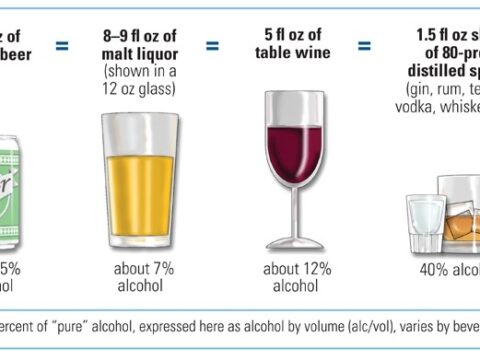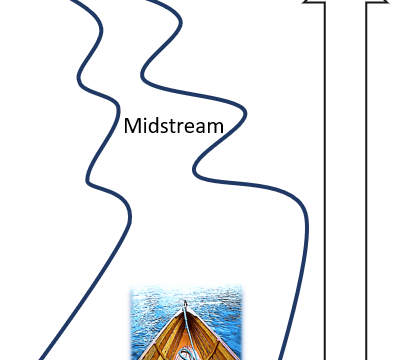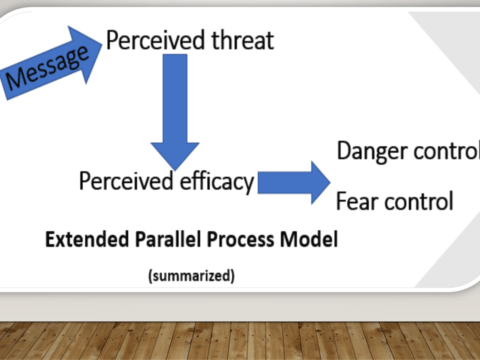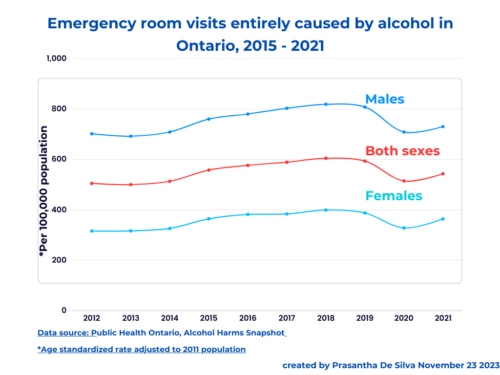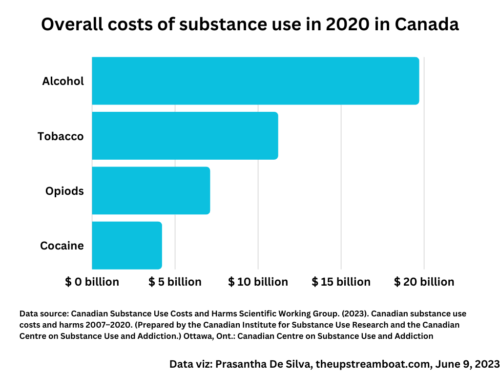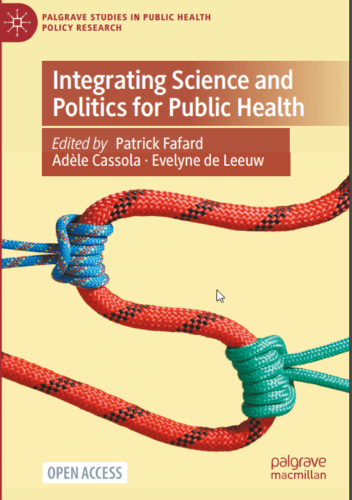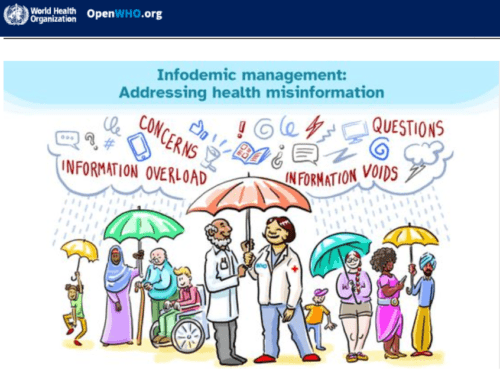This post contains Amazon affiliate links. We may earn a commission from qualifying purchases through these links at no extra cost to you.
The Montreal Protocol (#MontrealProtocol) is an upstream intervention #ClimateAction classic. It is a powerful climate treaty. It directly impacted global public health. The Protocol’s 35-year-long legendary journey carries many lessons for the public health community who sail upstream. We can adapt and adopt many of its elements.
This post attempts to surface out the key elements of this Montreal Protocol success story.
Let us dive into its upstream journey.
Background
My journey begins with the Montreal Protocol’s tenth progress report. It was released on October 2022. The World Meteorological Organization together with five other entities including the UN Environment Program authored it.
Quoting the above report, Seth Borenstein (borenbearssborenstein@ap.org) wrote that our “fragile” ozone layer is healing. The PBS News Hour reported the achievement as the biggest victory for humankind. More clearly, the report forecasts that the ozone layer will return to the pre-1980 level by 2066; the layer over the Arctic will return to its pre-1980 level as early as 2040.
Ozone layer is healing.
Montreal Protocol’s tenth report, October 2022.
How it achieved its objectives that were framed in 1987?
On January 2023, Human Rights Watch reported the Montreal Protocol and its subsequent amendments as a “model for climate success”. Not only for climate action but it can also be recognized as an upstream model for global and national public health challenges.
What lessons we can learn?
The lessons we can learn from this historic global effort?
1. Act early:
Scientists and world leaders did not wait until scientists understood the whole picture. In the 1970s, researchers began to report evidence of the ozone layer thinning and its potential negative impact on us. This negative health impact alarmed the general public and the public health community as well. The most cited negative impact was the increase in skin cancer incidence.
For example, the 1975 article in “Physics Today” reported the mood for these research findings as follows;
“When the alarm was sounded last year that the ubiquitous fluorocarbon‐propelled spray cans might be responsible for slowly removing Earth’s protective ozone shield, the reaction was widespread. Environmentalists urged an immediate ban, legislators held hearings and introduced legislation, government‐sponsored study committees were formed, fluorocarbon‐based industries defended their products and urged more definitive research (which they began to support in part)”.
2. Create a movement: Be creative in framing messages
Naturally, a diffuse but global movement sprang up due to the clarity of the message. Leaders framed the negative health impact of the ozone layer thinning creatively. For example, NASA framed the Ozone layer as the “natural sunscreen”.
Ozone layer is a “natural sunscreen”
NASA
What a catchy statement!
The Ozon layer protects living beings from the harmful solar ultraviolet radiation that comes from outer space.
Even the public health community created very engaging social marketing campaigns; A classic example is Australia’s famous Australian iconic “Slip, Slop, Slap” campaign. It was one of the most trending campaigns in the 1980s.

The negative impact of Ozone layer thinning was not only upon us; scientists found that it can markedly reduce our harvest due to damage to crops by UV radiation.
In 1981, based on decades of research findings available at that time, the World Meteorological Organization published the landmark “Stratosphere Report” and alerted the world about the looming danger.
And, the researchers were able to predict that if our CFCs production were to grow at a rate of 3 per cent yearly, the ozone layer could reduce by 15 per cent by the middle of the next century.
On many fronts, the pressure to take action gathered momentum.
The Antarctic “hole”
Another major finding accelerated the momentum: The Antarctic “hole”! In fact, the “hole” is a misnomer. It does not literally create a hole. But, the ozone layer over the Antarctic was much thinner than at other places on the planet. This discovery of the “ozone hole” in the Antarctic became a major shock to the whole world. At the current pace, due to the Montreal Protocol and its subsequent amendments, this hole will vanish in 43 years.
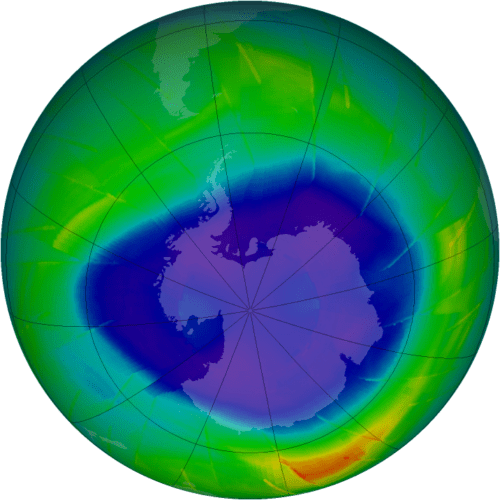
Image source: NASA, from Wikimedia, licensed under CC BY 2.0
Ozone-depleting substances
There was a debate; however, according to Stephen O Andersen and K Madhava Sarma, scientists observed that the ozone layer was thinner when the chlorine monoxide levels were higher (from the book “protecting the ozone layer). So, they found a potent modifiable cause: Man-made ozone-depleting substances: Chlorofluorocarbons (CFCs), particularly chlorine and bromine.
This book written by Stephen O Andersen et al. was published on December 6, 2022, to mark the 35th anniversary of the Montreal Protocol. It gives us a detailed account of the protocol’s long successful journey of international collaboration.
Following are the common products that include those ozone-depleting substances: Aerosols, Refridgerator and air conditioning gases, solvent cleaning products etc.

The CFCs that we used before the 1990s have a life span of 50 to 100 years. So, it takes time to vanish from our atmosphere. The other reason is that these CFCs are still being released from the removed refrigerators lying in the landfills. These chemicals are very powerful; one chlorine atom can destroy thousands of ozone atoms; one zone atom consists of three oxygen molecules. Starting from the 1920s, millions of tons of CFCs had been released into the atmosphere. Imagine how much ozone molecules must have been destroyed by CFCs. You can learn more about the ozone layer from this video released by NASA.
3. Teamwork, collaborative action, and science-based decision-making
As a result, in 1985, leaders of twenty-eight countries gathered in Vienna to draft a legal framework: the Vienna Convention.
This led to the 1987 Montreal Protocol.
The Montreal Protocol
The world leaders jump into action. On September 16, 1987, all countries gathered in Montreal city in Canada. They agreed to reduce the production and consumption of major ozone-depleting substances by half. Those who were familiar with intense negotiations there have reported how difficult those consultations were. In the 2019 book, “Great Policy Successes”, Frederike Albrecht and Charles F. Parker detail these intense negotiations.
This book published in 2019 is also available to read free under the CC BY NC ND 4.0 licence. You can also download it in pdf format. Frederike Albrecht and Charles F. Parker discussed the protocol’s success story in Chapter 16.
It is inspiring to read.
The Montreal Protocol was science-based. Scientists took the lead. This is the case until now. The scientific assessment panel release their report well ahead of the next world leaders’ meeting. The subsequent meetings adjusted and amended the Montreal Protocol based on the new scientific knowledge.
Since its adoption, the total ozone levels have been increasing day by day. We can see it in the following illustration.
4. Develop a SMART objective
At the very beginning, the experts developed a SMART objective:
| Specific | Healing the ozone layer by phasing out the production and consumption of CFCs and Halons |
| Measurable | Scientists developed methods to measure the thickness of the ozone layer and the amounts of ozone-depleting substances released into the air. |
| Achievable | At the Montreal Protocol, the agreement was to halve the production and use of ozone-depleting substances; then, in 1990, the world leaders agreed to phase out. |
| Realistic | Those responsible made the objective realistic by adjusting and amending the targets according to the political and economic reality from time to time. |
| Time – specific | They fixed a time in Montreal in 1987 to cut production and consumption of CFCs in half by 1998; then, in 1990, they revised it to phase out altogether. They also became flexible depending on the country’s situation. For example, the rich countries took the lead and the developing countries followed them. They created a Fund and technology transfer mechanisms to help the countries in need. |
5. Be realistic and flexible
First, to reduce consumption by half: First, the agreement was to reduce the production of ozone-depleting substances by half at the Montreal Protocol.
Second, to a gradual phased-out approach: Rich countries agreed in 1990, not in the 1987 Montreal Protocol, to take the lead in phasing out the production and use of ozone-depleting substances. Initially, some powerful countries such as Japan opposed the move.
All countries achieved the scheduled target of 98 per cent by 2010.
Established a multi-lateral fund:
The countries with developing economies followed them with later dates. It gave enough breathing space for the industries to adopt and adapt the protocol and also ensured the availability of funds by establishing a common Fund. The protocol was also successful in helping the countries to adopt new technologies while still allowing economic growth.
The Ozone secretariat was created
We have a focal point: The ozone secretariat. It monitors and carries out all promotion campaigns: https://www.facebook.com/UNEPozone.
6. Continous review and improvement
This played a big part in the success. They created an ozone secretariat to facilitate the Protocol’s implementation. The Scientific Assessment Panel was the key element here. They review all the evidence published to date and published it well ahead of the next meeting. In these reports, based on the science available at that time, adjustments and amendments were made several times. For example, the London adjustment (1990), Copenhagen adjustment (1992), Vienna (1995), Kigali (2016) etc. We can see in the graph below that continuous review and improvement played a key role; Copenhagen (1992) and beyond have made a remarkable contribution to today’s achievement.
Impact of the Montreal Protocol
The following graph clearly illustrates the Protocol’s impact.
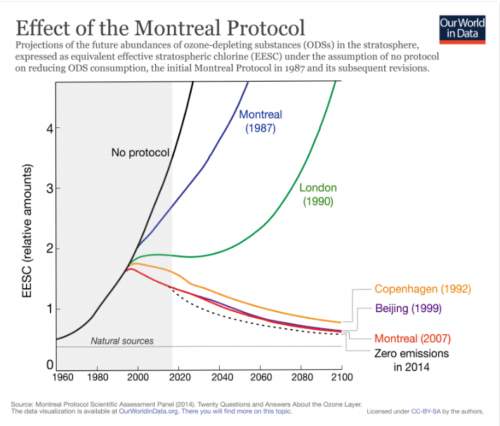
Experts also highlight this “endurance of the protocol” to absorb those changes depending on the new discoveries and challenging political and economic situations that prevailed from time to time. For example, the collapse of the Soviet Union posed unprecedented challenges but still, the protocol weathered the storm and sailed through it.
2016 Kigali amendment
This amendment was the most recent improvement to the #MontrealProtocol. It is because the countries agreed to phase down the Hydrofluorocarbons (HFCs): The chemical we are using now instead of CFCs, the main ozone-depleting substance. It will help significantly to control global warming. So, the journey goes on.
Reduction of the ozone-depleting substances
As we can see in the following two graphs, the ozone-depleting substances, mainly the Chlorofluorocarbons (CFC-11 and CFC-12) started to decline from the later 80s onwards. This was after starting to implement the Montreal protocol.
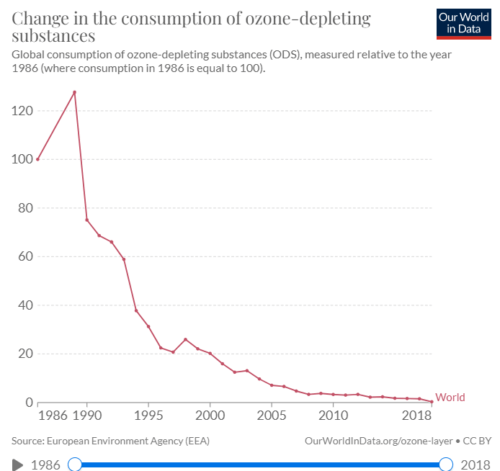
Increasing the total ozone levels
Total ozone levels are increasing.
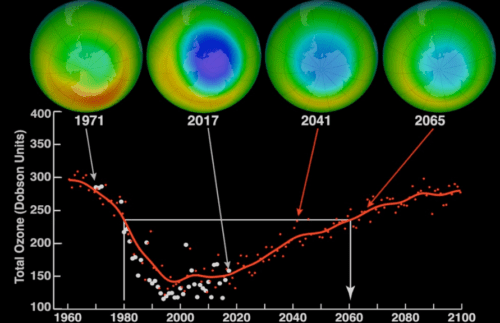
A world without (1974) and with (2065) the Montreal Protocol

Measuring the public health impact
Researchers have already estimated the public health impact of the Montreal Protocol and its subsequence amendments. The following graph depicts it very clearly with regard to the number of skin cancers avoided due to this collaborative global action.
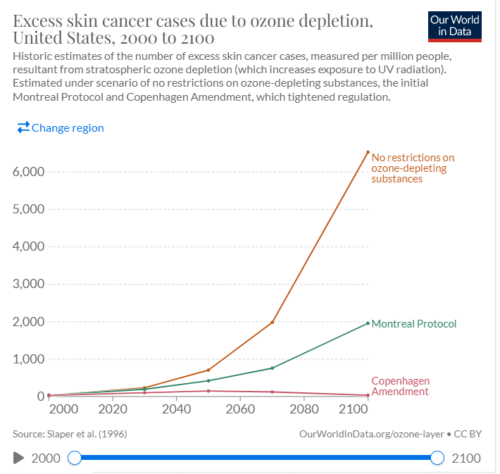
Conclusion
The Montreal Protocol certainly contributes to the Sustainable Developmental Goals (SDGs). This successful collaborative global effort is a classic model for upstream public health; in fact, not only for public health, but it should also be a model for all our determinants of health including political, economic, social, and cultural aspects of our lives.

Further reading
A video clip from the UN Environmental Program
This video clip, narrated by Sir David Attenborough, summarises the Montreal Protocol’s journey until 2016. And, September 16 is the International Day for the Preservation of the Ozone Layer.
Centre for Public Impact: Montreal Protocol
This post from the Center for Public Impact gives a detailed account of the Montreal Protocol’s implementation mechanism to date.



